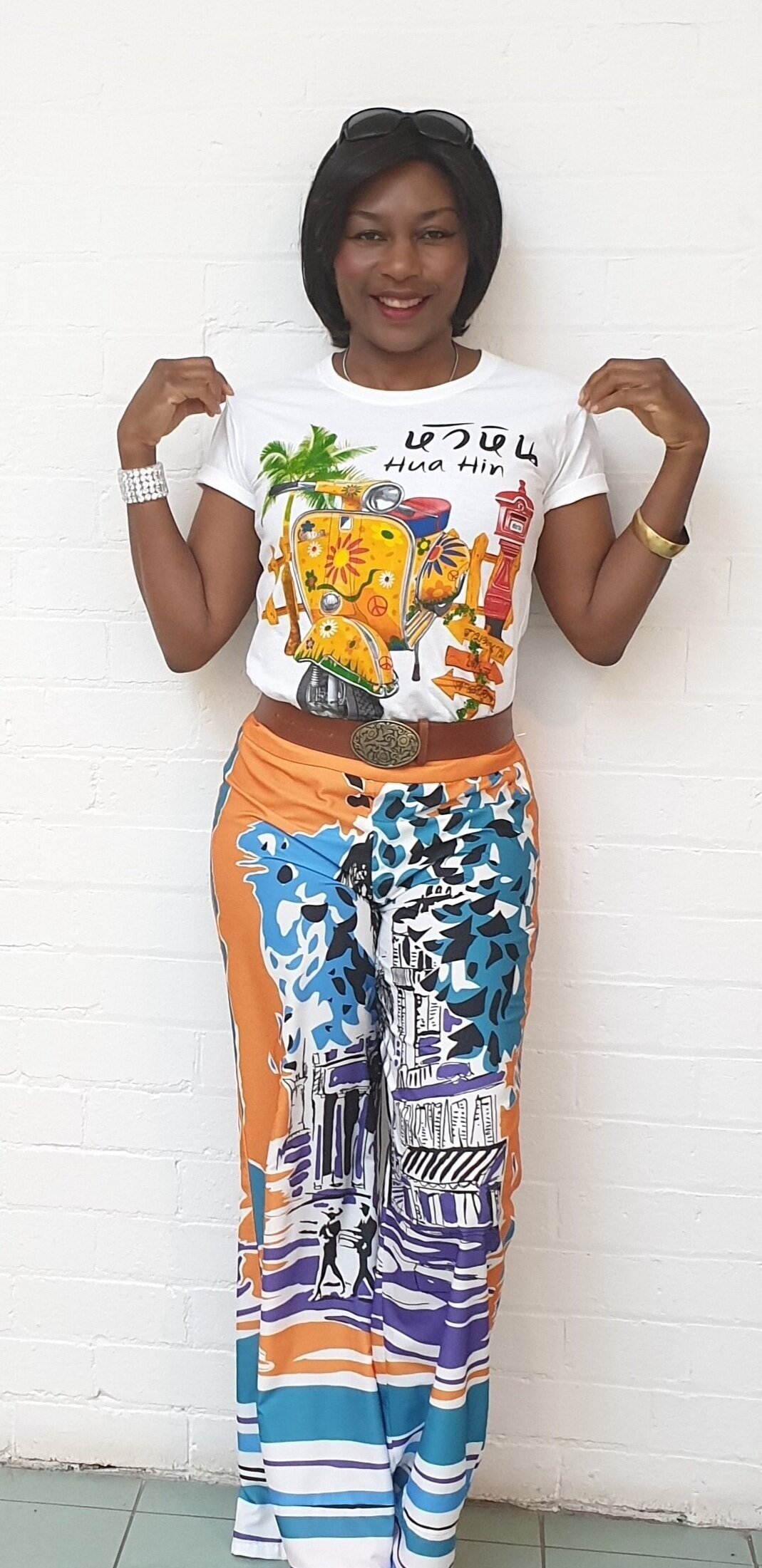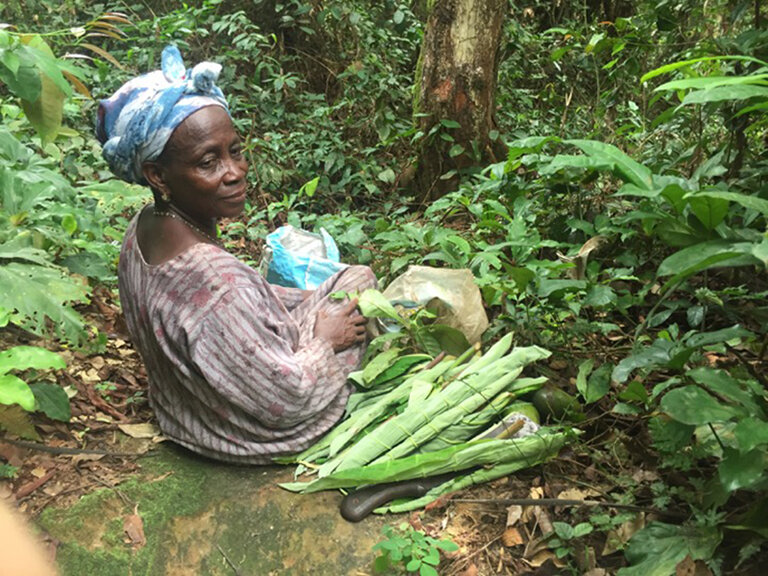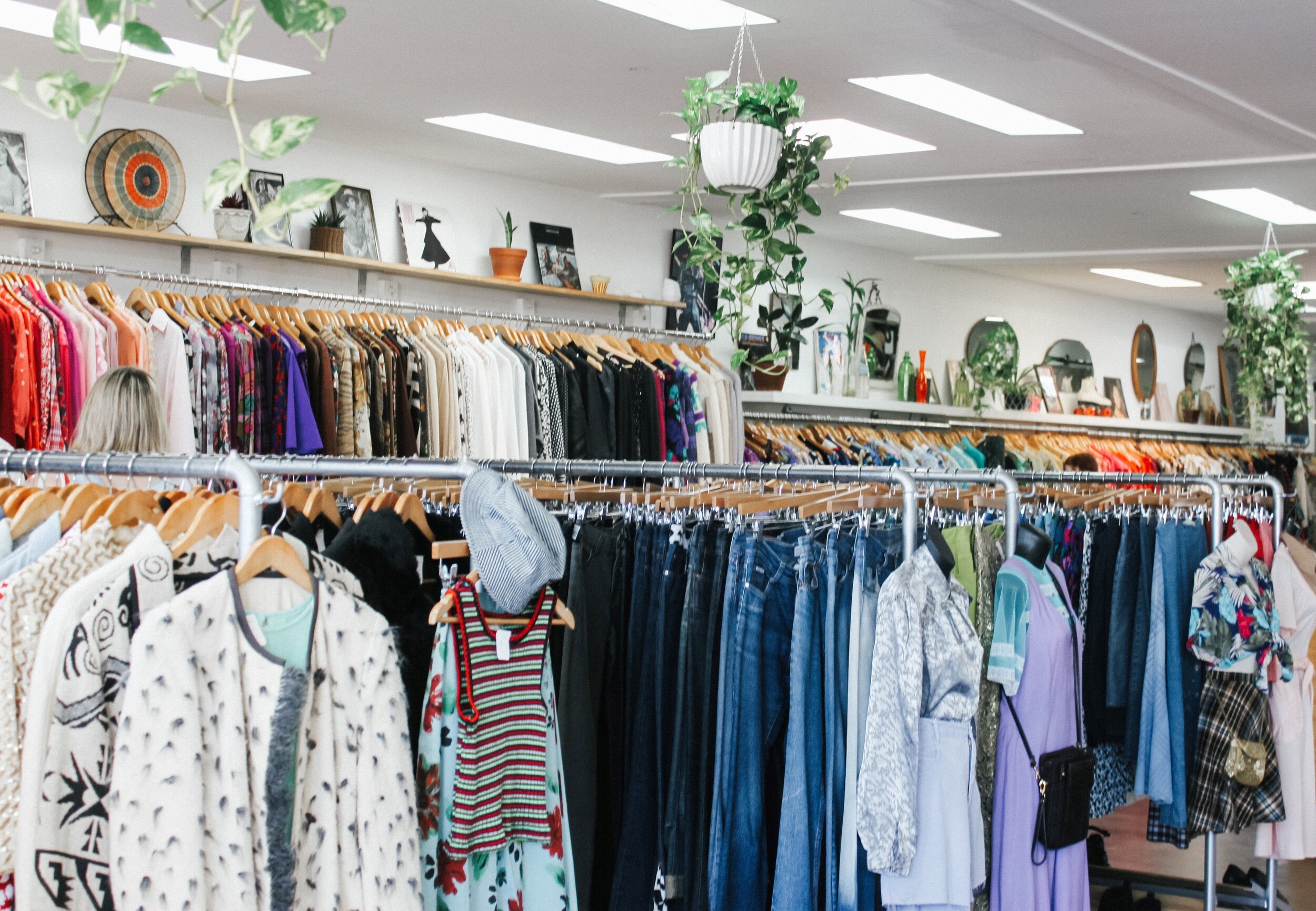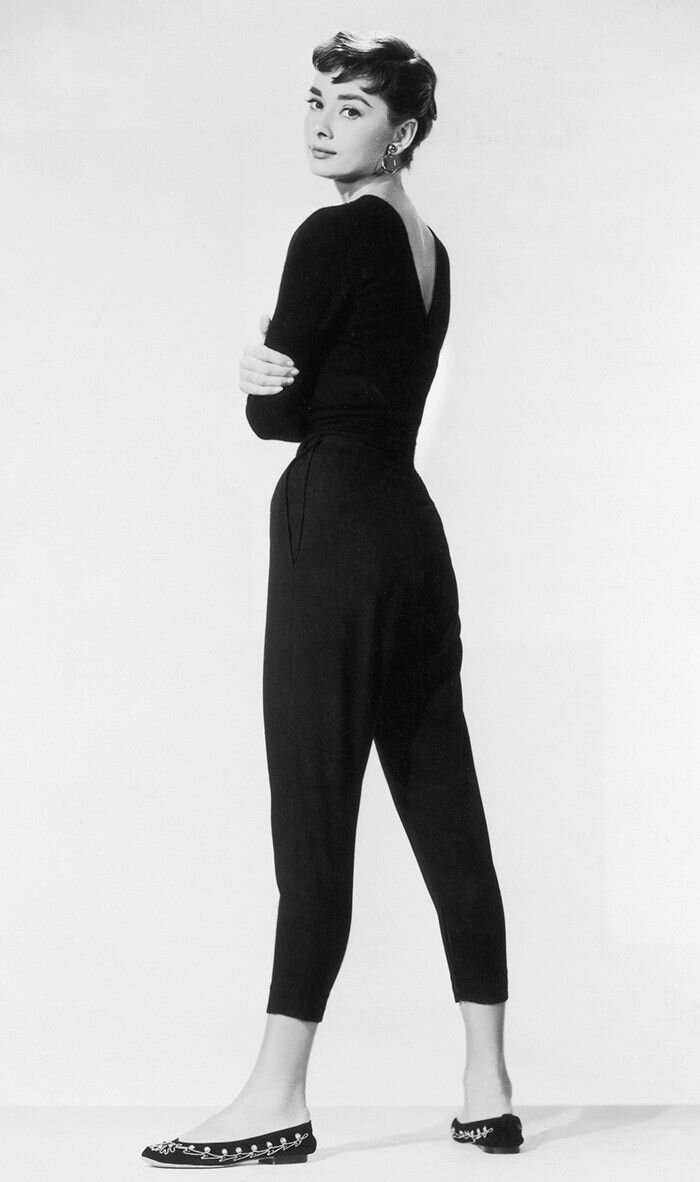Internal displacement and refugees – Many women are forced into displacement from their homes or forced to become cross-border refugees as a result of climate change factors such as rising sea levels in West Africa and drying river basins in Southern and Eastern Africa. According to the UN High Commissioner for Refugees (UNHRC), adolescent girls and women are refugees at the highest risk of being trafficked for sexual slavery while in transit to a foreign land and of experiencing gender-based violence while in the refugee camps. Women risk assault at the camps when they venture out of the protected environment in search of water and firewood.
Social vulnerability - Social vulnerability can come from lower wages, financial insecurity and inequality. In East Africa and Pakistan for example, drought and flooding have impacted farming, respectively. Men have a higher chance of relocating for higher wages than women. Women typically are unable to migrate due to family care-taking commitments.
How can we fix the disproportionate impacts from climate change?
The simple answer is to end all activities that perpetuate climate change. As I’ll explain later, indigenous women and communities in the Global South have centuries worth of ecological knowledge on mitigating some aspects of climate damage and implementing environmental restoration. In an equal spirit of partnership and cooperation, perhaps we can combine this traditional, organic and resourceful knowledge with modern technology for broader application to prevent, solve or restore some of the environmental damage. In any case, here are several more suggestions:
1. Imminent zero emission targets
Immediate action is required to protect women made vulnerable by climate change. Emphasis should be placed on protecting people and planet today, not protecting the future. The greatest concern should be for the people that rely on natural resources, the environment and climate every day to survive. Several of the biggest global zero-emission targets by corporations and nations are set to happen by 2050 but vulnerable people do not have 10, 20 or 30 years to wait. Therefore, global zero-emission targets need to accelerate towards present day, not 2030.
We’re currently overshooting the planet’s resources by 60% each year with regards to production and the earth’s ability to absorb and replenish resources that we consume. Our excessive overconsumption is driven by a few rich countries. The 2030 target has a higher chance of succeeding if we start with the 20 biggest greenhouse gas emitter companies in the world, especially with the participation of the US, China and India.
2. Propagate traditional knowledge and wisdom
Despite vulnerability, women should not only be seen as climate change victims. They have proven to be resourceful agents of adaptation and disaster mitigation. Historically, indigenous women and women from the Global South have an organic knowledge of the ecosystem that empowers them to feed their families and uphold communities in the face of disaster and dwindling resources. International geographer, Hindou Ourmarou Ibrahim says Indigenous women have the knowledge of adapting and restoring the forests after a disaster because indigenous people all over the world are very directly dependent on natural resources for food, medicine, education and of course survival. This way of survival has become extremely difficult for indigenous societies in the wake of widespread ecological changes in their environments resulting from climate change.
Indigenous people see themselves as part of the ecosystem with an unparalleled knowledge of the environment developed over centuries where they have depended directly on the forests for dwelling, food, education, medicine, safety, etc. This relationship has advanced their skills in things like preventing and restoring rain rainforests after burning. grandmother in Pacific will know where to get crops after the hurricane to feed her family. In Chad, nomads when they move with cattle, they know how to restore the ecosystem. When it comes to sustainable business practices, the knowledge of indigenous people is a valuable resource and indigenous people are a valuable partner that can protect environment, business.

























